Mining
Coal mining in the Trubia river valleys began in Quirós during the second half of the 19th century. Although it was minor compared to the Cuenca Hullera Central (i.e. central coal mining basin), this territory had a long mining history which, with regard to the neighbouring council of Teverga, began in 1900 with the constitution of the company Sociedad Minas de Teverga, whose aim was to mine the deposits in the area around Santianes.
Two years after its foundation, the company opened the La Cruz Adit, whose coals were transported by railway to the Entrago coal washing plant. This one was connected to the Quirós Mining Railway at Perihuela by means of a railway branch opened in 1909, which took the mineral to Trubia.
After the Civil War, the mining company disappeared and its properties were transferred to a new company created in 1941, called Carbones de Teverga, which would soon sell all its properties to Hulleras e Industrias S.A. (HULLASA). This company was created a year earlier thanks to Basque and Catalan capital and would become the mining giant of these valleys until its dramatic disappearance in 1992.
Santianes became the main point of mining development of HULLASA, which began to consider the idea of sinking a vertical shaft (San Jerónimo mine shaft), whose construction started in 1958. The works lasted until 1966, when coal started to be extracted. To transport them, they were taken out through La Cruz railway branch, which connected the shaft collar with the railway. The mine was 230 metres deep and was distributed in four floors. Its headframe, the only one of its kind in the whole Trubia valley, is an historic icon whose memory is kept alive. Together with the engine room and La Cruz Adit, the complex was restored in 2004 and is currently awaiting its development as an interpretation centre.
San Jerónimo was also a landmark for the labour movement. The fact that HULLASA was not included in HUNOSA would initiate a slow and difficult process that led to the final closure of the company in 1992. There were several protests and sit-ins, being the most outstanding the one in 1987, in which nine miners stayed inside the company for twenty days.

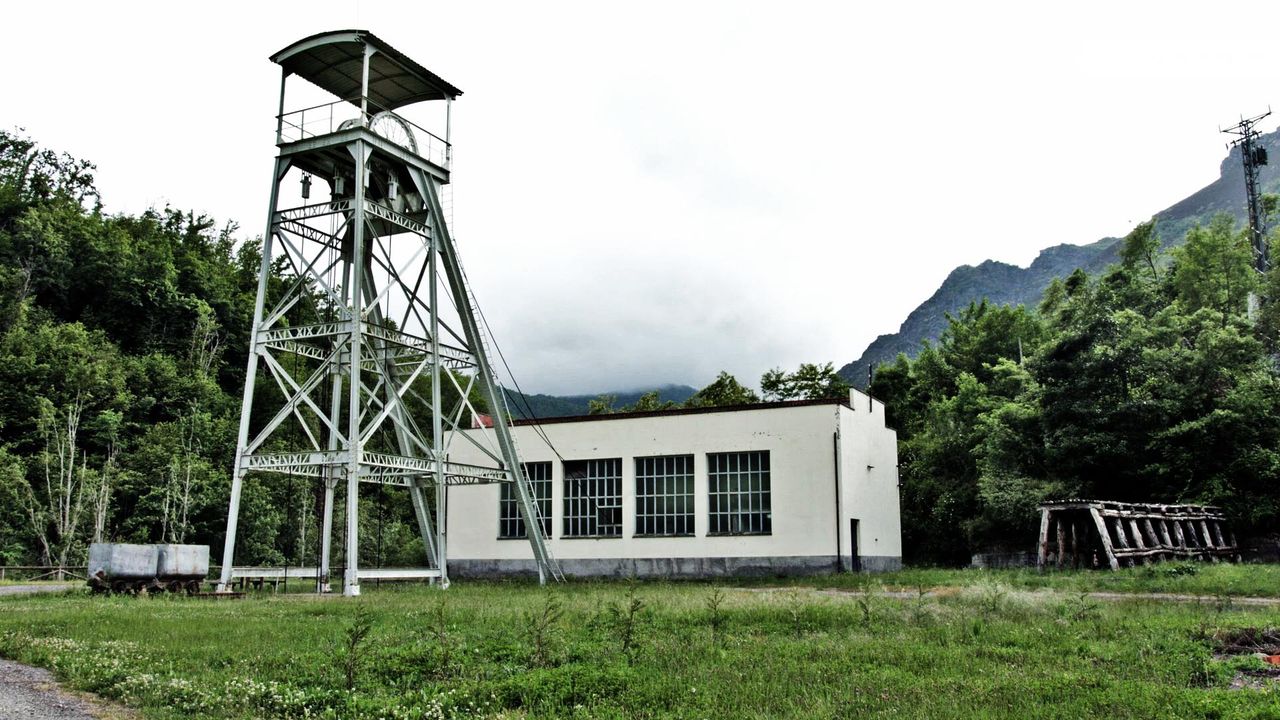
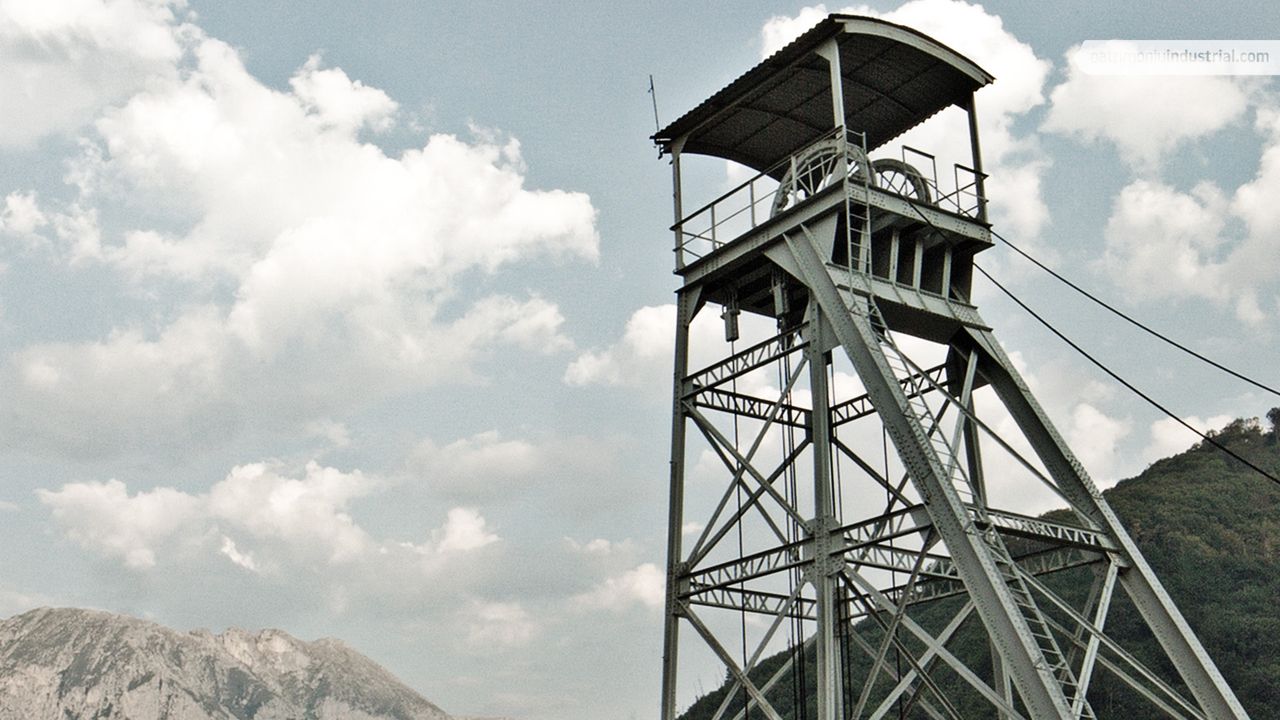

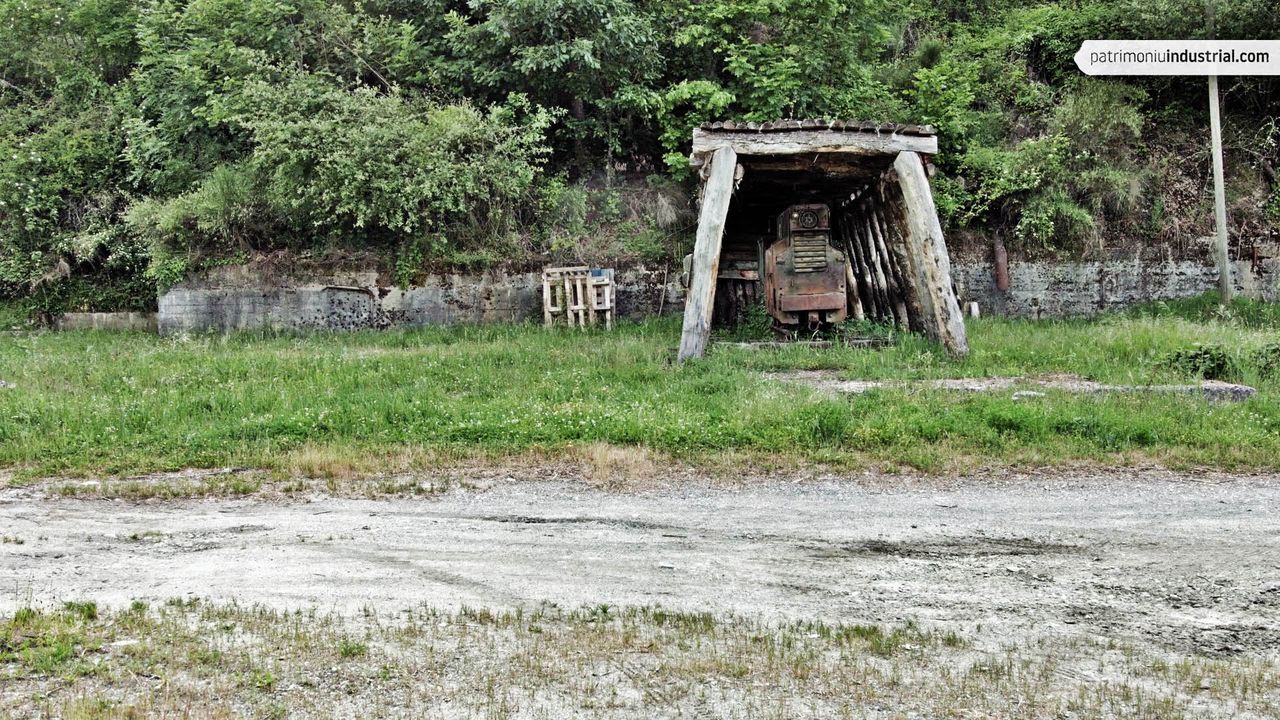
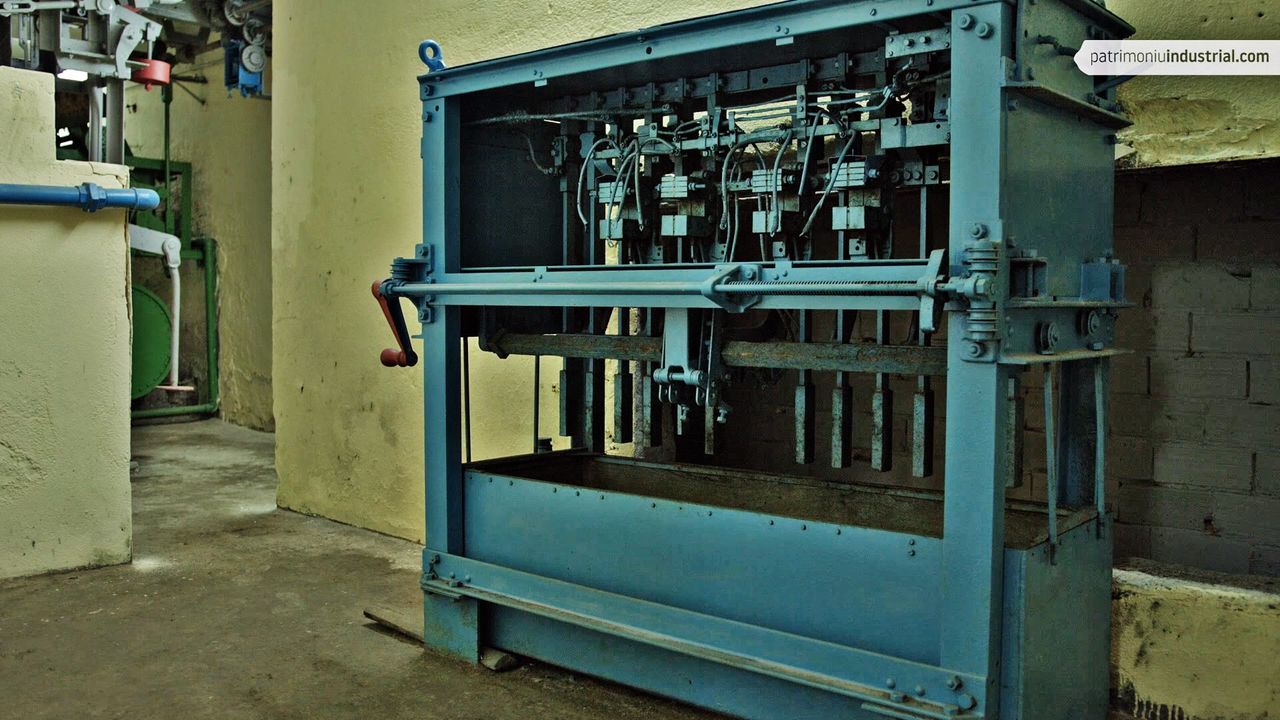
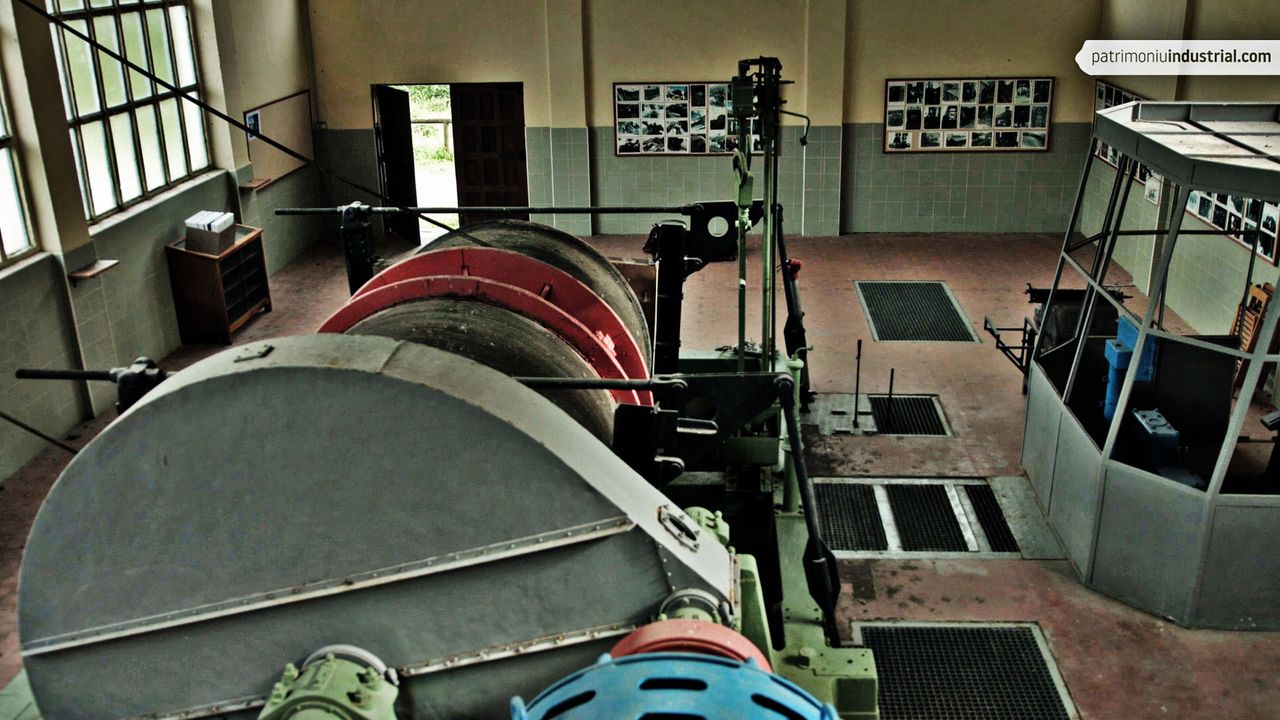
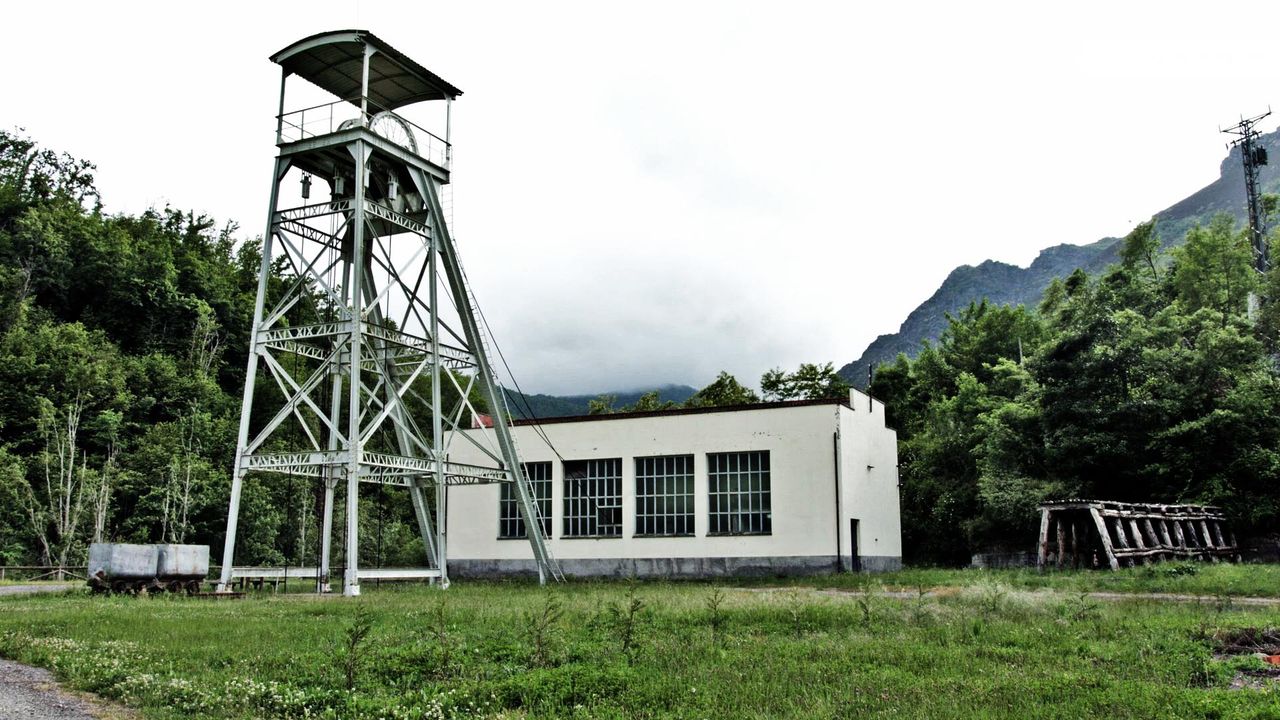

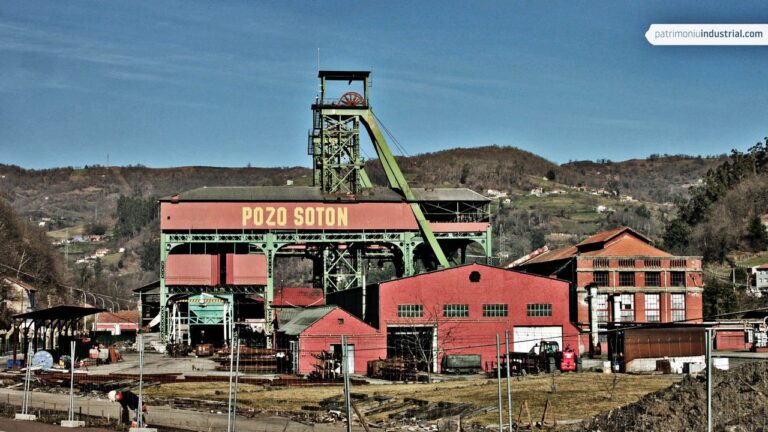
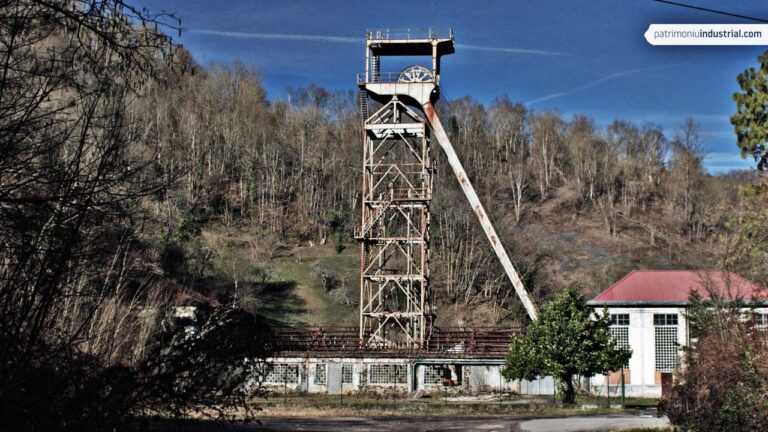

Recent Comments